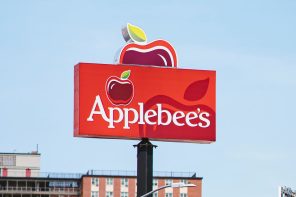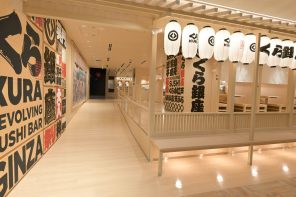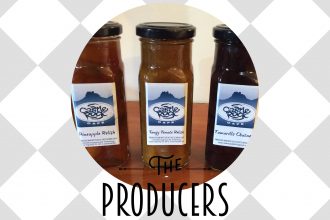New Zealand’s growing craft beer culture means that there is more access to higher-strength beers. In 2018, high-strength beer production rose to 35 million litres, almost trebling in five years. There is a debate, however, if the access to the stronger craft beers and the popularity of craft breweries causes/dictates New Zealand’s drinking problems.
Alcohol Healthwatch has suggested that there should be a limit on the strength and number of standard drinks a craft beer can contain. Whereas craft beers containing between 5 and 8 percent ABV are standard, there has also been an influx of beers containing up to 15 percent ABV. Although there are 2 to 4 percent beers sold, high-strength beer represents more than 10 percent of all beer available in New Zealand. Nicki Jackson, executive director of Alcohol Healthwatch, said, “I would support a limit on the strength and number of standard drinks in a craft beer container, but not before more evidence-based measures are taken to reduce overall consumption.” The question is, are craft beer drinkers the problem?
Gemma Smith from Brave Brewing Co., said, “Craft beer drinkers aren’t the kind of people to smash a handful of drinks and get hammered, they drink it for the taste and flavour of the beer. It’s a drink you sip on and not scull.” Owner of The Common Room bar, Gerard Barron, said: “The mentality of drinking a lot in NZ is gradually changing, and with craft beer, for people, it is more about the quality rather than the quantity of their drink.”
Although developments are occurring in New Zealand’s drinking culture, it is hard to tell whether the availability of high-strength craft beers on the market will help. Craft beer drinkers are undoubtedly different to the people searching for the highest percent, for the cheapest dollar, but whether or not one is influencing the other, or the greater social structure of New Zealand is yet to be found.






